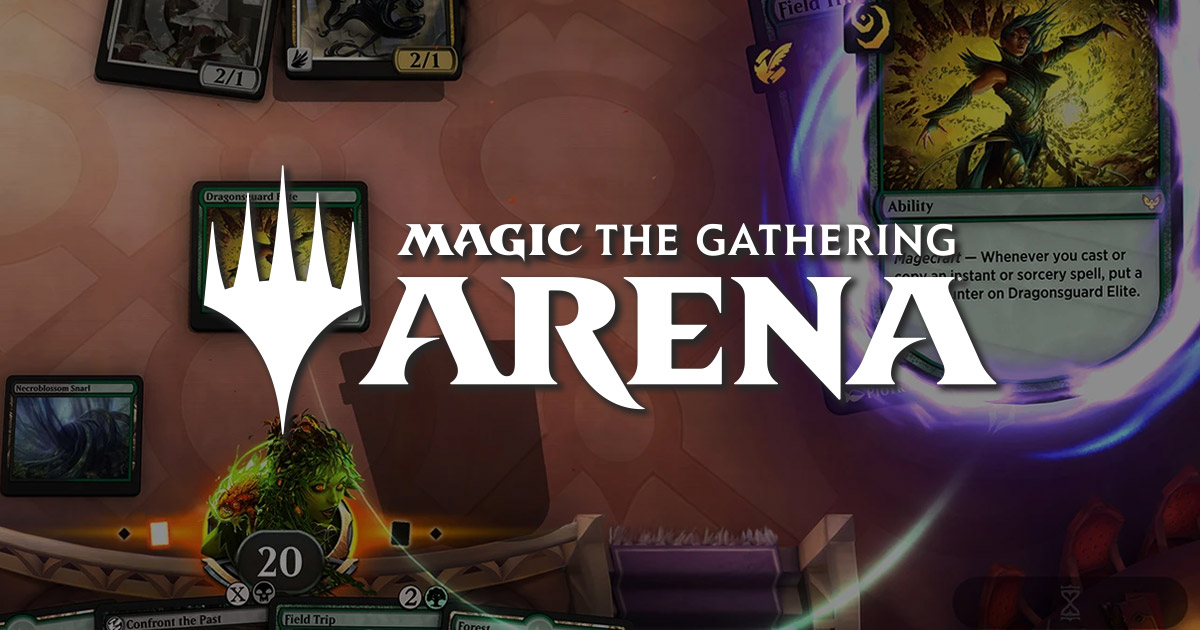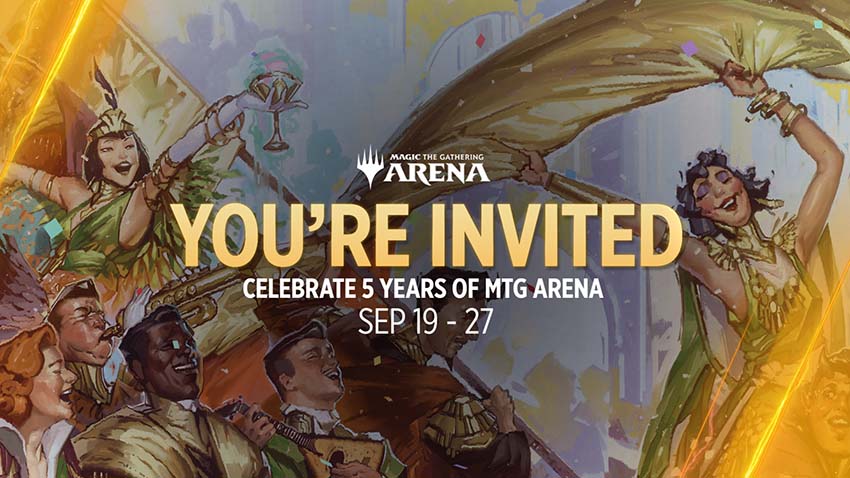The game Magic: The Gathering revolves around different kinds of cards which serve distinct purposes and come with unique effects.
Creatures- Represent creatures like dragons, elves, beasts, etc.
Abilities: They are often robust and durable (indicating their ability to take on) and possess a range of skills like flying, trample and lifelink.
The creatures are not able to attack or use any abilities in the turn of summoning unless "haste" is present.
Spell Cards
Spells are magical effects. They can be used for dealing damage to creatures, countering spells, or drawing cards.
Typesof Spells: Spells are instantaneous (can be played at any moment) or sorceries (played during a player's main phase), or enchantments (permanently affecting the game).
Artifact Cards-
Artifacts- Represent magical objects or devices, ranging from powerful weapons to utility objects.
Abilities- They offer a variety of effects, such as the ability of creatures to gain abilities that generate mana, or delivering other effects that alter the game.
Enchantment Cards
Enchantments represent long-lasting, magical effects that are present on the battlefield even after a game has been played.
Effects - They have the ability to alter gameplay in a variety of ways. This can include changing game rules, enhancing their abilities, or hindering strategies of opponents.
Land Cards
Landsrepresent the magical resources (mana) needed to cast spells and summon creatures.
Mana Production. These generators create different colors of mana (white black, blue, or green), which allows the player to use spells.
Planeswalker Cards-
Planeswalkers: These mighty characters possess special powers and can be allies for players.
Loyalty Counters: They utilize loyalty tokens to activate their abilities. This can include dealing damage, drawing a card or summoning an animal or changing the state of the game.
Deck ConstructionDeck Construction
To build an effective, balanced deck, players typically mix these types of cards.
Each card type has specific rules, abilities, and interactions within the game and offers players various strategies and techniques to try while playing Magic: The Gathering. Take a look at the recommended discount mtg cards for website tips including magic card prices, magic trading cards value, magic tcg sets, magic trading cards value, buy sell trading, the gathering mtg, cards for sell, magic tcg prices, magic the gathering what is it, mtg rares and more.

What Do Magic: The Gathering Artifacts Cards Do? What Are The Pros And Cons?
Artifact cards from Magic: The Gathering are non-creature, non-land cards that depict various magical objects, devices, or constructs. They can be unique in their abilities or effects. They have pros and cons.
The versatility of artifacts is their biggest advantage. They can perform a multitude of effects. From creating mana to increasing creature power and drawing cards, to controlling the board and playing as win conditions themselves. They are able to be used in many decks because they are extremely versatile.
Persistent Effect - Artifacts that are found that are found on the battlefield typically remain in place until they are removed. These artifacts may have an effect that lasts or offer advantages that will continue to influence the game.
Colorless nature- The majority of artifacts don't require specific mana colors in order to cast or use. This means they can be added to decks with diverse mana colors without affecting the consistency.
Synergies. Artifacts work well in conjunction with other card types such as creatures, enchantments and spells. These cards can produce powerful interactions, and even combinations, which can improve the player's overall strategy.
Cons-
The artifacts could be targeted by spells or other effects that target them, and they can be eliminated. They can also eliminate or neutralize them playing cards that specifically interact with and target artifacts.
Cost of Resources - Certain extremely rare and powerful artifacts are costly to cast, particularly at the beginning of the game. This could hinder a player's strategy or leave them vulnerable to the early turns.
Artifact Removal - Certain strategies or strategies of opponents can be heavily focused on the removal of artifacts, making them less effective or removing their benefits from the game completely.
Dependence on Other Cards Certain artifacts will require other cards to function in their highest capacity. They can also have their performance diminished if they don't have the required support is not offered.
Artifacts play an important element in the construction of decks and strategies. The cards can provide unique effects to support different strategies, and they are able to be utilized in a range of Magic: The Gathering archetypes. When designing the Magic: The Gathering deck, be sure to consider their vulnerability to removal as well as the potential dependency on the other cards. Check out the recommended buy and sell trading cards for blog examples including magic set, magic cards value, magic gathering, magic the gathering finance, sell magic cards, magic gathering, magic formats, magic tcg decks, magic cards new set, magic card store and more.

What Does Magic: The Gathering Deck Construction Do? What Are Pros And Cons?
Deck construction is an important part of Magic: The Gathering. It involves assembling a deck to develop a cohesive strategy against your opponents. Here are a few pros and cons.
Customization - Players can customize their decks to suit their preferences and playstyle. This allows players to create their own unique and customized gameplay.
Strategic Depth: Deck building is a key element of games. To create effective and strong decks, you need to think strategically, be aware of the synergies between cards, as well as the meta.
Adaptability: Players can alter their decks to accommodate the changing metagame environment, whether it's to counter popular strategy or to adapt to new challenges.
Deck Construction lets you showcase your creativity and personality by choosing themes, cards and the overall deck plan.
Cons-
Resource Limitation: Users are restricted to the cards they possess or have access too. The cost for acquiring certain cards could be costly or require substantial transactions or purchases.
Balance Problems. Building a well-balanced deck that is able to handle different scenarios and strategies can be a challenge. A deck that is too concentrated on one area could have trouble against certain types of matchups.
The complexity of deck building for New Players. For beginners the process of building decks can be a daunting task. This is due to an abundance and variety of cards.
Meta dependence - Building decks entirely built around current meta may lead predictability and to a lack of originality. There is a chance that players stick to trends and not consider different strategies.
In the end, Magic: The Gathering deck building is an enjoyable and integral aspect. Deck construction gives players the chance to showcase their imaginative thinking, strategic abilities and imagination. Although it offers the possibility of individualization and flexibility however, it does not come without difficulties. For example, limits on resources or the need to maintain strategic balance. Mastering deck building is enjoyable for many players. Follow the top rated sell your cards for site tips including collection card, best decks in magic, best magic the gathering cards, mtg magic, magic card type, sell cards, trading cards, mtg top cards, collection card, magic cards new set and more.
